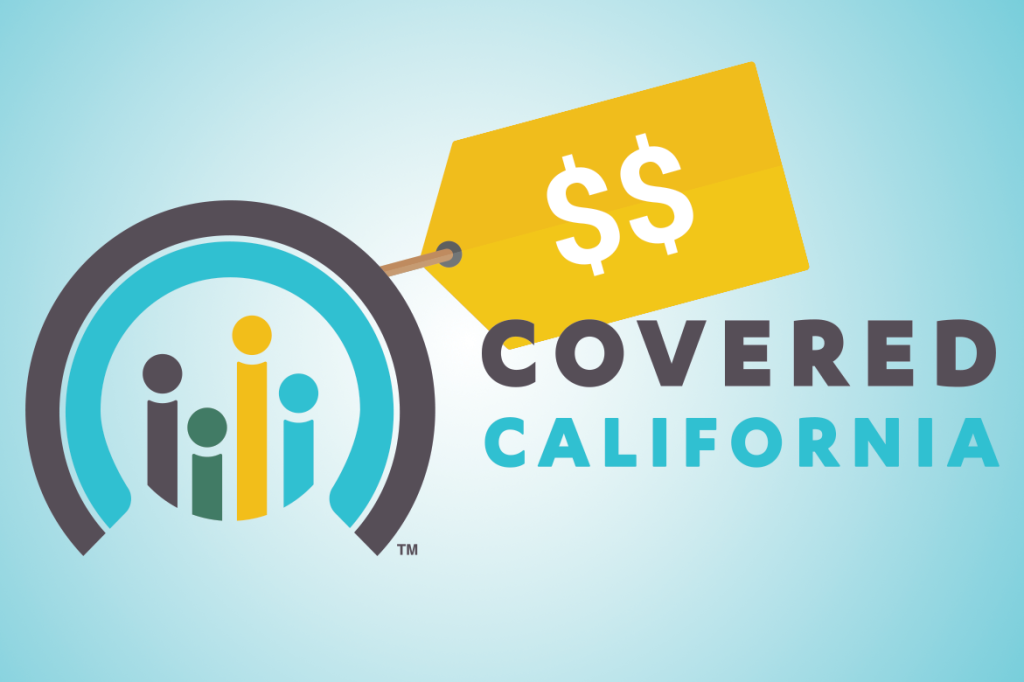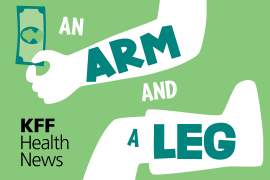This updated story was originally published Aug. 1.
Covered California health insurance premiums will jump by a statewide average of 12.5 percent next year, amid continuing uncertainty over the future of the Affordable Care Act, the state’s Obamacare exchange said Tuesday.
Some plans may also see an additional increase, averaging 12.4 percent, if President Donald Trump stops funding critical subsidies that help reduce some consumers’ out-of-pocket expenses — or if uncertainty over their fate persists.
Covered California also said that one of its largest insurers, Anthem Blue Cross, would pull out of the exchange and the overall individual market in 16 of the 19 regions it currently serves, forcing 153,000 consumers to find new health plans.
“We’ve prepared these rates in the midst of great uncertainty,” said Covered California Executive Director Peter Lee. “We are doing our best to protect consumers. We hope to get clarity from the federal government before we make a decision by the end of August” on whether to include the additional premium increase.
That increase would apply only to silver-level plans, the second-least expensive among the exchange’s four tiers of coverage. That’s because only people enrolled in silver plans can benefit from the so-called cost-sharing subsidies that Trump may end.
Lee said the exchange hopes not to tack on the surcharge because “it will cause unnecessary confusion and ultimately cost the federal government billions of dollars more than they would have spent by making the [subsidy] payments directly to health plans.”
Covered California’s proposed premium increases, though large, are dwarfed by some in other states. In Iowa, for example, the sole carrier remaining on the exchange — Medica — has proposed a 43 percent increase for next year. And the company said it would propose another increase of 12 to 20 percent on top of that if Trump decides to eliminate the cost-reduction subsidies.
Some states, however, will see more moderate rate hikes than California’s. In Minnesota, which has been hit in the past with large increases, some consumers could see their premiums shrink by as much as 15 percent, while others could pay 11 percent more.
Covered California’s rate increases affect Californians who purchase their own coverage in the individual market, not the majority who get their health insurance from their employers or government programs such as Medicare and Medicaid.
The expected average 2018 rate hike is down from 13.2 percent in 2017, and it includes a one-time bump due to the end of a tax “holiday” in which health plans haven’t had to pay a tax required by the ACA. Without that one-time bump, the average statewide premium increase would have been under 10 percent.
But the statewide average doesn’t tell the whole story for consumers.
Health plan prices vary across the state’s 19 pricing regions, and within them. How much consumers pay depends on a variety of factors: where they live, how much money they make, what level of coverage they want and which insurer they choose.
For instance, consumers in a part of the Central Valley that includes San Joaquin, Stanislaus, Merced and other counties will face an average increase of 24 percent next year. San Francisco residents will see a 6.6 percent average premium hike.
Consumers can limit their rate hikes to less than 3.3 percent on average if they switch to the lowest price plan at the same level of coverage they currently have, Lee said.
But switching plans adds more paperwork and could require them to find new doctors. Consumers are getting tired of a system that requires them to shop around each year and potentially change plans, said Shana Alex Charles, assistant professor in the health science department at California State University-Fullerton.
“Even under the best the Affordable Care Act can do … we still have to deal with this on an annual basis,” she said. “It is very exhausting.”
The 87 percent of Covered California enrollees who receive tax credits to help defray the cost of their premiums will not bear the full impact of the rate hikes because the amount of financial assistance they get will grow as premiums rise, Lee noted.
All 11 of Covered California’s insurers will return next year, though not all participate in every region — and Anthem is dramatically ratcheting down its operations in reaction to the uncertainty over federal policy.
Karen Kory, 59, of Studio City, Calif., said her husband is on an Anthem plan and she worries he will have to pay more when he switches to a new carrier.
“Any increase would be dangerous for us,” said Kory, who has no income while she cares for a daughter with developmental disabilities. Her husband is freelancing while he looks for more stable work.
Despite Anthem’s sharp retrenchment, Covered California said that more than 80 percent of its consumers will have three or more insurers from which to choose. In some states, there are only one or two insurers left.
Charles Bacchi, president and chief executive officer of the California Association of Health Plans, said he was pleased Californians will have multiple choices. But he noted that insurers are worried about what will happen to cost-sharing subsidies.
“It has been a roller-coaster ride,” Bacchi said. “Unfortunately, we are getting close to the end of the ride when we have to decide what products we are going to roll out for open enrollment.”
About 650,000 Covered California enrollees — nearly half of the exchange’s total enrollment — benefit from cost-sharing subsidies, which lower their copays, deductibles and coinsurance. The subsidies, paid directly to insurers, are separate from the tax credits that reduce consumers’ monthly premium payments.
They’re available only to silver-plan enrollees whose annual income falls between 139 percent and 250 percent of the federal poverty level — about $34,200 to $61,500 for a family of four.
An announcement on whether the Trump administration will continue to fund them, at least for another month, had been expected as early as this week. So far, Trump has let the subsidies continue on a month-to-month basis. But after Senate efforts to pass a repeal of the Affordable Care Act failed last week, he suggested in a tweet that he might pull the plug on them.
A federal appeals court decision late Tuesday, however, cast doubt on the president’s ability to do that on his own.
Lee said Covered California will decide by the end of August whether to apply the surcharge for cost-sharing subsidies next year.
State regulators need at least 60 days to review the rates and obtain public comment, and Covered California and health plans also need time to prepare for open enrollment, which begins Nov. 1.
Current enrollees will have the option to start renewing their plans sometime in October.
If a decision is made to add the surcharge, there’s no going back for 2018, even if the federal government later decides to fund the subsidies, Lee said.
If the surcharge is applied, affected consumers wouldn’t bear the full brunt of the increase because their premium tax credits would increase as well.
Covered California plans to create a new silver plan to be sold outside the exchange for individuals and families who make too much money to qualify for tax credits and cost-sharing reductions. The surcharge will not be applied to that plan.
Lee also said Tuesday that the Covered California board will consider a proposal later this month that would allow participating health insurers to have a higher profit margin in the future should federal policy changes cause them to lose money next year.
Pauline Bartolone and Chad Terhune contributed to this report.
This story was produced by Kaiser Health News, which publishes California Healthline, an editorially independent service of the California Health Care Foundation.
KHN’s coverage in California is funded in part by Blue Shield of California Foundation.







